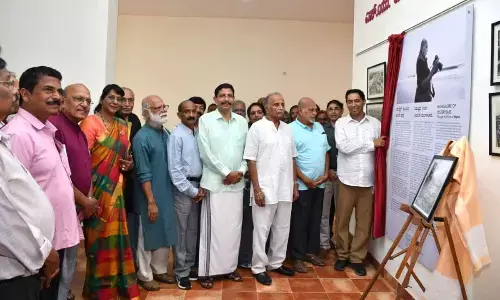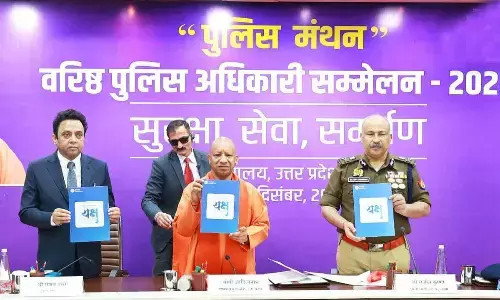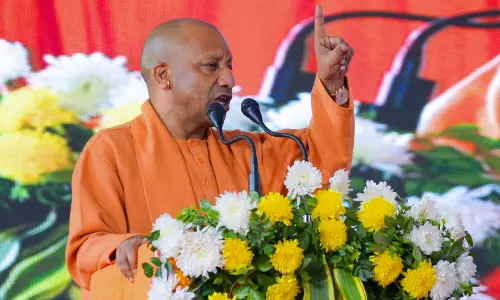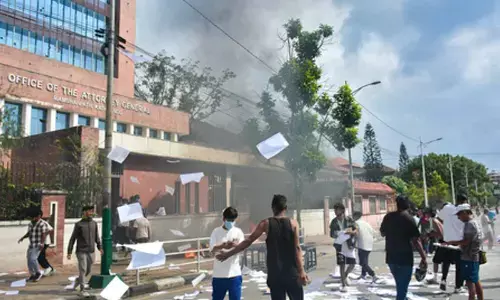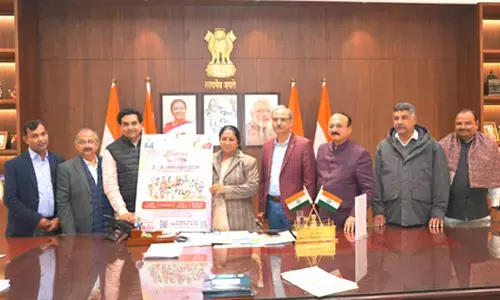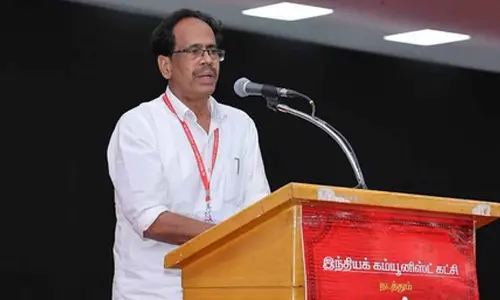Taking flying to masses
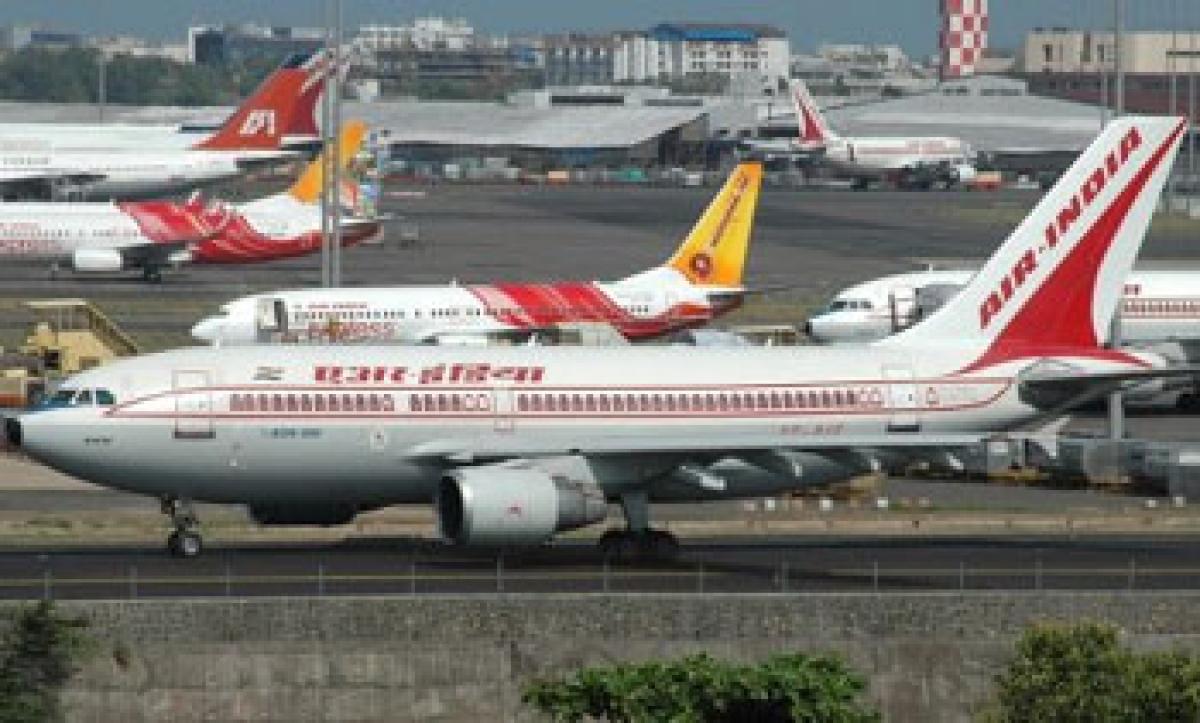
The new draft aviation policy released on Friday aims at making air travel more accessible and affordable. The objective is to see that the tariff for an hour of journey per ticket would not exceed Rs 2,500. Several incentives were offered to both airport developers and operators to make it happen.
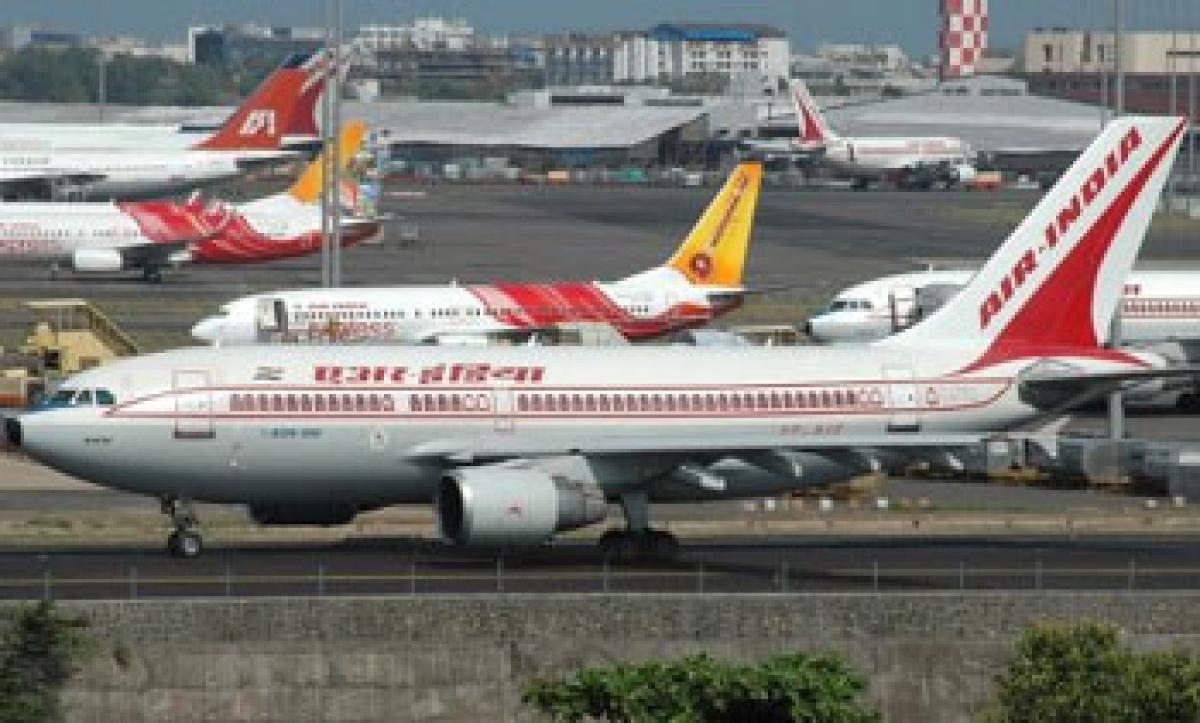 The new draft aviation policy released on Friday aims at making air travel more accessible and affordable. The objective is to see that the tariff for an hour of journey per ticket would not exceed Rs 2,500. Several incentives were offered to both airport developers and operators to make it happen.
The new draft aviation policy released on Friday aims at making air travel more accessible and affordable. The objective is to see that the tariff for an hour of journey per ticket would not exceed Rs 2,500. Several incentives were offered to both airport developers and operators to make it happen.
India currently has 430 airstrips and airports. But, only around 90 are in operation. The need of the hour is to harness this massive non-performing asset to take flying to masses. Expansion of regional connectivity , as the draft policy rightly noted, will not just improve the access to air travel but even has spiraling impact on investment and employment in air cargo, maintenance, ground handling, security services , logistics industry , besides contributing to the modernising of economy and society.
The objective of this policy is to enable 300 million domestic tickets per annum by 2022 and 500 million by 2027 and international ticketing to 200 million by 2017 .
The Parliamentary Standing Committee on Transport in its latest report estimated that the civil aviation sector in the country is the world's ninth largest civil aviation market and ranks fourth in domestic passenger volume. It is one of the growing sectors of the Indian economy. India's scheduled airlines carried 67.73 million passengers in 2014 compared to 61.42 million passengers in 2013. Air traffic in India grew between 20 and 40 per cent for six years starting from 2003, when the low cost carrier module was launched. The civil aviation market in India is all set to become the world's third largest by 2020. During the next five years, aircraft movements, passengers and freight at all Indian airports are expected to grow at a rate of 4.2%, 5.3% and 5% respectively.
Given these numbers, the targets set out in draft aviation policy are a herculean task. Many factors that make air travel expensive need to be addressed to realise the task of making air travel a middle-class utility in India.
The new draft policy aiming to liberalise the civil aviation sector further should be wary of the 1991 experience. Soon after the removal of entry restrictions in 1991, about a dozen airlines entered the industry but only two of them survived later. The industry has a high rate of morbidity and mortality. It’s a challenging task to reconcile between high cost of operations and the imperative to make air travel cheaper to attract more and more passengers. This requires addressing the problem of high cost structure of the industry.
Airlines in India have higher operating costs compared to international air lines. Several factors are responsible for high operating cost in India. They include higher cost of air turbine fuel(ATF), high air port charges, uneconomic routes, lack of scale of economy, etc.
Besides making air travel affordable, there is a need to ensure adequate flights connecting India to the major airline hubs of the world and the need to connect different centres within the country .This requires a massive infrastructural push.
Woman injured in stabbing attack in Tokyo, suspect at large
Bengal cop booked for murder over mysterious death of woman home guard, SIT to probe case
Staffer recalls horror of 7-kg gold robbery by armed gang in Karnataka’s Hunsur
25-Year-Old Airline Cabin Crew Member Dies At Gurugram Party; Police Begin Investigation









